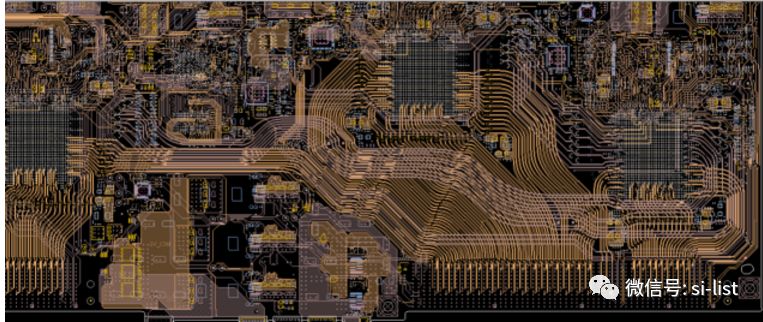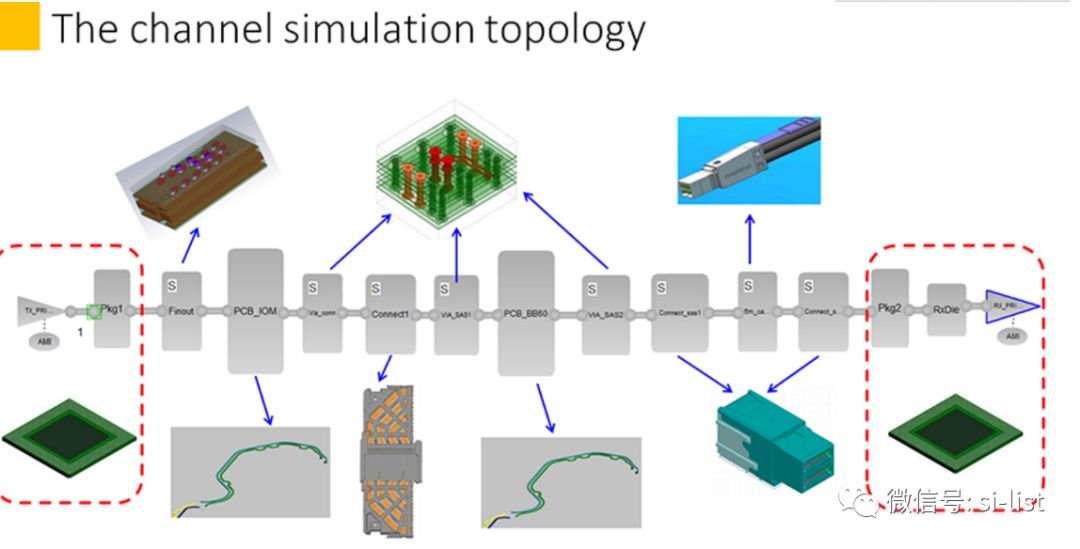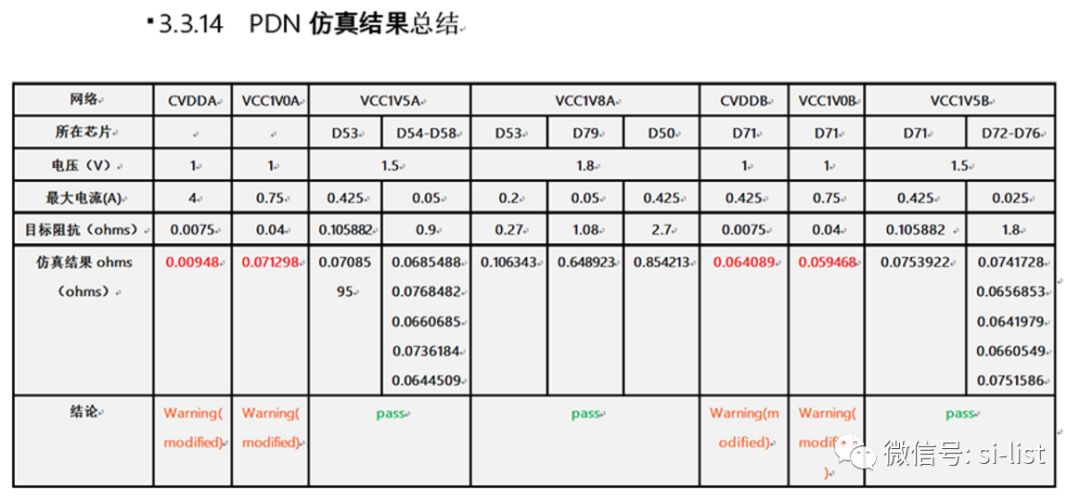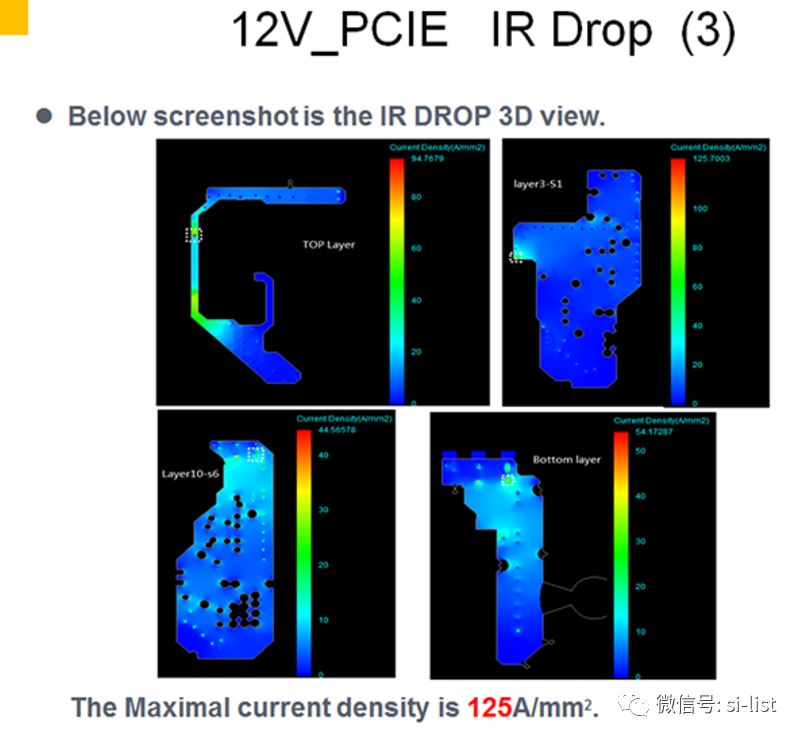1. Cost:
The primary profit of a company selling hardware products typically comes from the difference between the sales price and the cost of goods sold (COGS). About 90% of this COGS is determined by the design, while the remaining 10% relates to production costs. These costs are usually transparent, and there are numerous OEMs in the market, making competition very intense. Although 60% of the design cost depends on the main chip price—often influenced by negotiations between senior management and chip manufacturers—HW engineers still play a critical role in selecting the right chips that meet both product requirements and software functionality. The rest of the components, such as resistors, capacitors, inductors, diodes, transistors, protection devices, interface components, logic chips, and power circuits, are largely under the control of the hardware team. While reference designs exist, they often prioritize performance over cost. It's common to use higher-performance, more expensive parts to showcase the chip’s capabilities, but it's important to align with the company’s component library. From my experience, looking at similar products from the company can help identify commonly used components. Component pricing varies significantly based on purchase volume, so understanding this dynamic is crucial for cost control.

2. Signal Integrity:
Signal integrity (SI) and timing are two major factors that impact system performance. Poor SI design can lead to issues like overshoot, undershoot, spikes, and resonance frequencies that cause electromagnetic emissions. Additionally, unstable high/low levels, long rise/fall times, or an unstable clock signal can result in sampling errors at the receiving end. In reality, the receiver doesn’t make mistakes—it’s the signal itself that is flawed. Schematic design addresses SI mainly through impedance matching (e.g., series resistance) and decoupling capacitors. On the PCB side, more layers generally improve signal integrity, though this must be balanced against cost considerations.

3. Power Supply Design:
Even large companies often have dedicated power design engineers, but fundamental power design skills remain essential for hardware engineers. In theory, every circuit is powered, and many circuit problems can trace back to power issues. A deep understanding of power circuits helps in diagnosing and improving board performance, especially for analog circuits. Sometimes, using simple analog circuits can be more effective than complex digital solutions.

4. Safety:
For interface circuits, safety components like fuses, PTCs, TVS diodes, and high-voltage capacitors are critical. Understanding the voltage and current levels that an interface might encounter is essential when choosing the right safety devices.
5. Electromagnetic Compatibility (EMC/EMI):
Compliance with international standards such as EN55022/EN55024 in the EU and FCC Part 15 in the US is necessary. These standards ensure that the product doesn’t emit excessive electromagnetic interference. Proper decoupling and filtering are key to meeting these requirements, and the EU standards are generally stricter than those in the US.
6. Power Consumption:
With growing environmental concerns, power efficiency has become a priority. Using more efficient power topologies, such as replacing LDOs with PWM-based solutions, can significantly reduce energy consumption.
7. Thermal/Cooling:
As chip integration increases, power consumption per chip has risen, leading to greater heat generation. Higher interface speeds also contribute to increased power usage, creating significant thermal challenges. Effective cooling solutions, including PCB layout, heat sinks, and fans, must be carefully considered during the design phase.

8. Noise:
Fans are a common method for heat dissipation, but they introduce noise. Communication equipment must comply with ITU noise standards, requiring a balance between fan count, speed, direction, and control strategies to maintain acceptable noise levels.
9. Component Sourcing:
Hardware engineers must source components carefully, considering second sources and lead times. Relying on rare or single-source parts can be risky—if the part becomes obsolete, redesigning the system could lead to costly delays and rework.
10. Reliability:
Assessing the Mean Time Between Failures (MTBF) of the entire system, identifying the most vulnerable components, and ensuring sufficient margin for each device are all critical for long-term reliability.
11. DFT & DFM:
Design for Test (DFT) and Design for Manufacturability (DFM) are essential for smooth production. A complex test setup can reduce yield and production capacity, affecting overall supply. Reference designs are useful, particularly for power and decoupling circuits, but should not be blindly followed. Bus connections, reset circuits, clock circuits, and interfaces should be designed according to the company’s standard libraries. Industry-standard components and programs are often modified, so it’s important to understand the actual function and parameters of the chip rather than copying a reference design without analysis. Even if a design works initially, it may have hidden cost or performance issues.
C194 Copper IC Lead Frame,Copper IC Lead Frame,Smooth IC Lead Frame
SHAOXING HUALI ELECTRONICS CO., LTD. , https://www.cnsxhuali.com